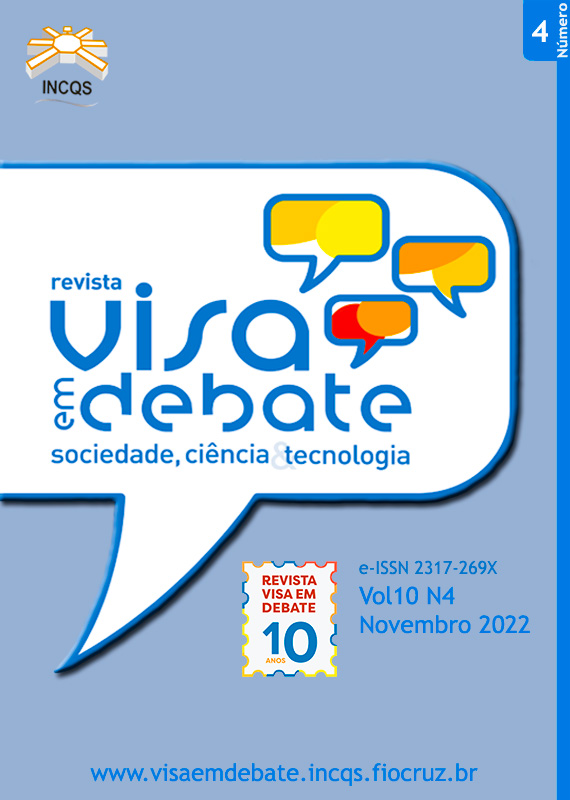Psychotropic substances of natural origin: What do users find on the internet?
DOI:
https://doi.org/10.22239/2317-269x.02066Keywords:
Psychotropic Substances, Psychedelics, Hallucinogens, Natural Products, InternetAbstract
Introduction: The internet is one of the main means for sharing information, besides being a platform with resources for online commerce. Recently, an increase interest and consumption of psychotropic substances of natural origin has been observed, whether in a religious, cultural, or hedonistic context. Objective: To evaluate whether the information about psychotropic substances of natural origin, available on websites published in Portuguese, is based on scientific literature, whether it presents distorted or biased content in order to stimulate consumption, and whether there are indications that the page is being used as a platform for clandestine sale of these products. Method: Google searches were conducted using the popular names of the substances or of plants and preparations that contain them (eg marijuana, ayahuasca, etc.), and the information available on the visited pages was classified and tabulated. Results: Of the 328 websites analyzed, approximately 55% were classified as informative pages and 60% of the analyzed content was in agreement with the scientific literature and was considered to be reliable. Approximately a quarter of the websites encouraged directly or indirectly the consumption of these substances, and nearly 25% presented the commercialization of products containing some of the substances researched. Conclusions: The results suggest that a user who searches online for natural psychotropic substances based on their popular names is predominantly exposed to information that can be supported by the scientific literature. However, the number of websites that offer products that contain these substances for sale or that share methods for consumption is also significant, often without presenting warnings about the incorrect use of such products, characterizing a risk to the user’s health.
Downloads
Downloads
Published
Issue
Section
License
Copyright (c) 2022 Juliana Pereira Lopes, Julino Assunção Rodrigues Soares Neto, Fúlvio Rieli Mendes (Autor)

This work is licensed under a Creative Commons Attribution 4.0 International License.
COPYRIGHT ALLOWANCE The author (s) hereinafter designated as the ASSIGNOR hereby assign and transfer, free of charge, the ownership of the copyrights related to this ARTICLE to the Vigilância Sanitária em Debate: Sociedade, Ciência & Tecnologia (Health Surveillance under Debate: Society, Science & Technology) – Visa em Debate, represented by FUNDAÇÃO OSWALDO CRUZ, established at Av. Brasil, nº 4365, Manguinhos, Rio de Janeiro, RJ, Brazil, CEP 21045-900, under the conditions set out below: (a) The terms and conditions set forth in this Agreement shall apply to the following: 1. The ASSIGNOR declares that they s(he) is (are) the author (s) and owner (s) of the copyrighted property of the ARTICLE submitted. 2. The ASSIGNOR declares that the ARTICLE does not infringe the copyrights and / or other property rights of third parties, that the disclosure of images (if any) has been authorized and that they s(he) assume(s) full moral and / or property liability for its content, before third parties. 3. THE ASSIGNOR assigns and transfers all copyrights relating to the ARTICLE to the ASSIGNEE, especially the rights of editing, publication, translation into another language and reproduction by any process or technique. The ASSIGNEE becomes the exclusive owner of the rights related to the ARTICLE, and any reproduction, totally or partially, is prohibited in any other means of publicity, printed or electronic, without prior written authorization from the ASSIGNEE. 4. The assignment is free and, therefore, there will be no remuneration for the use of the ARTICLE by the ASSIGNEE.







